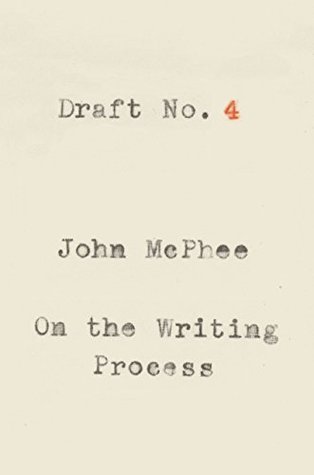More on this book
Community
Kindle Notes & Highlights
Written in 1968 and called “A Forager,” it was a profile of the wild-food expert Euell Gibbons, told against the background of a canoe-and-backpacking journey on the Susquehanna River and the Appalachian Trail.
Readers are not supposed to notice the structure. It is meant to be about as visible as someone’s bones. And I hope this structure illustrates what I take to be a basic criterion for all structures: they should not be imposed upon the material. They should arise from within
am talking about an integral beginning that sets a scene and implies the dimensions of the story. That might be a few words, a few hundred words. And it might be two thousand words, setting the scene for a story fifty times as long. A lead is good not because it dances, fires cannons, or whistles like a train but because it is absolute to what follows.
explained that when English people went out to India during the Raj, they went in unairconditioned ships. The most expensive staterooms were on the port side, away from the debilitating sun. When they sailed westward home, the most expensive staterooms were on the starboard side, for the same reason. And that is the actual or apocryphal but nonetheless commonplace etymology of the word “posh.”
“Dear Jenny: The way to do a piece of writing is three or four times over, never once. For me, the hardest part comes first, getting something—anything—out in front of me. Sometimes in a nervous frenzy I just fling words as if I were flinging mud at a wall. Blurt out, heave out, babble out something—anything—as a first draft. With that, you have achieved a sort of nucleus. Then, as you work it over and alter it, you begin to shape sentences that score higher with the ear and eye. Edit it again—top to bottom. The chances are that about now you’ll be seeing something that you are sort of eager
...more
Anne Fadiman, whose 1997 book, The Spirit Catches You and You Fall Down: A Hmong Child, Her American Doctors, and the Collision of Two Cultures,
The creativity lies in what you choose to write about, how you go about doing it, the arrangement through which you present things, the skill and the touch with which you describe people and succeed in developing them as characters, the rhythms of your prose, the integrity of the composition, the anatomy of the piece (does it get up and walk around on its own?), the extent to which you see and tell the story that exists in your material, and so forth.
Madison, the Wisconsin capital, stands on a morainal isthmus between two glacial lakes, which are not small. The hotels, office buildings, and apartment complexes of central Madison rise no more than a hundred and ninety feet, forming an accordant skyline. On his Web site, Shekey described it in a short essay called “It’s What You Leave Out.” Only the dome of the capitol of Wisconsin projects above all other structures. It’s like El Greco’s Toledo but without the exaggeration. It’s as striking as Mont-Saint-Michel. How has that come to be? In 1915, while the building was under construction,
...more


